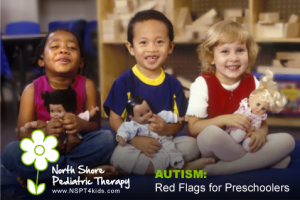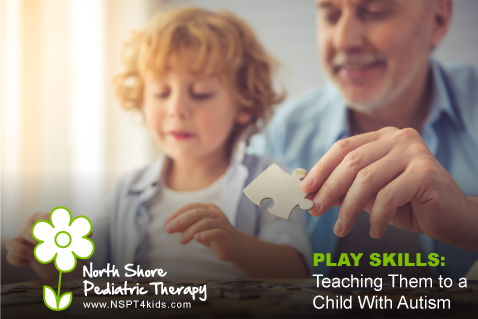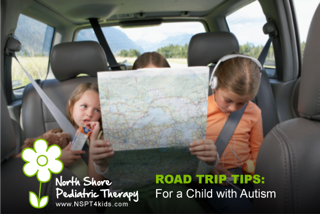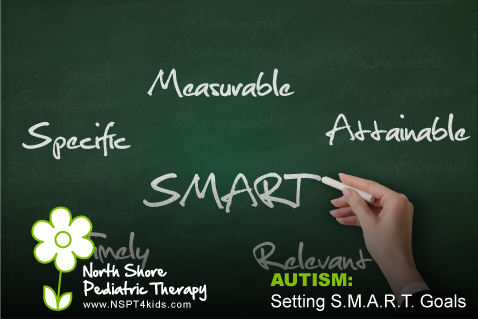Autism spectrum disorder is a diagnosis that affects each child differently. Symptoms can range from mild to severe, and common ones include:
· Problems with social interactions
· Difficulties with communication
· Repetitive/stereotypical behavior
Our Family Child Advocates developed a list of five possible autism red flags for preschoolers. While this is not an all-inclusive list, and symptoms vary between children, these can be early indicators.
1. Not Just Shy
Don’t mistake shyness for autism — or vice versa. The Centers for Disease Control and Prevention published a chart for parents that highlights the difference. For example, a child with a shy temperament might be “quiet and withdrawn in new settings.” However, a child on the autism spectrum suffers from a “lack of spontaneous seeking to share enjoyment, interests or achievements with others.”
During preschool years (ages 3 to 5), children are exploring their environment and interacting with their peers, family members and teachers. These interactions help children develop an understanding of the world and form important relationships with others.
Around this age, children should start showing an interest in what their peers are doing and begin to interact with them both during organized (e.g., planned activities) and unstructured activities (e.g., free play). If they only want to play alone (even if there are peers around them), this could be a red flag. In addition, if a child demonstrates limited eye contact with adults and peers — this could also be a sign of autism — especially if the child doesn’t make any eye contact when their name is called or during times of play/activities with others.
2. Something Doesn’t Sound “Right”
It’s true that speech and language milestones are reached at different times for each child. However, at the preschool age, most children should be able to:
· Speak four or more words in a sentence.
· Follow three-step directions like “find your chair,” “raise your hand” or “shut the door.”
· Answer “WH” questions: Who, what, where and why.
· Recognize some letters and numbers.
Children on the autism spectrum disorder may not be able to speak about or do these things. Also, when autism spectrum children do speak, people may struggle to understand what they are saying.
A child on the autism spectrum might repeat the same words (e.g., “clap, clap, clap!”) or phrases, (e.g., “How are you? How are you?”) over and over again. The repeated words or phrases might be said right away or at a later time. While most children go through a repetitive speech stage, this type of speaking pattern typically ends around age three.
3. Demonstrating Major Fury with Minor Changes
It’s common for children to struggle with changes to their everyday routine. However, children with autism can become extremely upset when changes occur, especially unexpectedly. This may be seen during transition times between activities, clean up time or when they are asked to do something. Some behaviors that may occur include: exhibiting withdrawal, repetitive behaviors, tantrums or aggression.
4. Stimming and/or Obsessive Interests
Stimming is self-stimulatory behavior which appears as repetitive body movements and/or repetitive movement of objects. Stimming can involve one or all senses, and some examples are: hand flapping, body rocking, spinning in circles or spinning objects.
It’s natural for children to be curious of the world around them. But obsessive interests are routines or hobbies that the child develops that may seem unusual or unnecessary. Some example of common obsessive interests might include only wanting to talk about and play with computers, trains, historical dates/events, science or a particular TV show.
5. Showcasing Signs of Sensory Sensitivity
Children with autism may have a dysfunctional sensory system. This means that one or more of their senses are either over or under reactive to sensory stimulation. This sensitivity could be the cause of stimming behaviors. Some preschoolers might react unusually to the way things sound, smell, taste, look or feel. For example, during sensory play (e.g., playing with sand, Play-Doh or shaving cream) a child who does not like to get their hands dirty and prefers to continually wipe/wash their hands — or avoid sensory projects all together — could be demonstrating signs of sensory sensitivity.



































